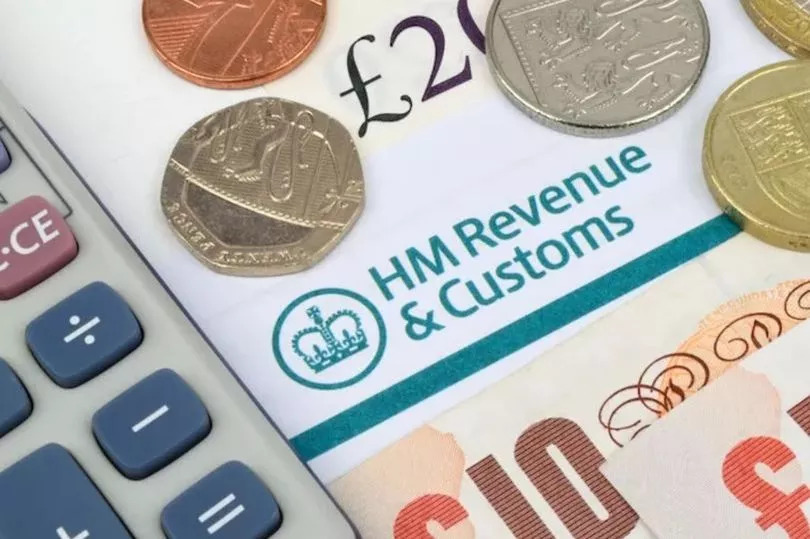HMRC has tweaked pension tax rules – with a change from September 1. The taxman, now working under the Labour Party government, changed things two months back, introcucing stricter rules for claiming pension tax relief.
It now requires everyone to provide evidence when claiming higher or additional rate relief. Previously, only those contributing over £10,000 per year were required to provide proof.
This change primarily affects pension savers in “relief at source” schemes and personal pensions such as Self-Invested Personal Pensions (SIPPs). To claim higher relief, you will need to provide HMRC with evidence of your pension contributions during the tax year.
READ MORE New rules for petrol and diesel drivers from 2030 could be scrapped
AJ Bell said: “Claiming pension tax relief may feel like a pain but it could net you thousands of pounds. To start with, the best thing to do is find a payslip. That should show your National Insurance number and any contributions made to your pension.
“You then need to find out what type of scheme you’re in. Some schemes, normally known as ‘net pay’ arrangements, will pay pension contribution before any tax is paid.
“In this case income tax won’t have been deducted prior to the money being paid into a pension, meaning you’re already getting the full rate of relief and don’t need to claim.
“But if your pension contributions are made after tax, normally described as ‘relief at source’ then your company will be making tax deductions and then calculating pension contributions.
“The pension scheme will automatically claim back 20% basic rate relief, but you must then claim the additional 20% or 25% relief yourself.
“If you can’t tell from the information on your payslip what type of scheme you’re in, then contact your employer or the pension provider and ask them to tell you.
“To claim you’ll need to contact HMRC directly and there are a few different ways in which you can do this. If you complete a tax return, you can include the information there and recover any tax relief owed.
“If you don’t usually have to complete a tax return, you can claim the extra relief directly online from HMRC. You can also write to them, although it will take longer to process.”

